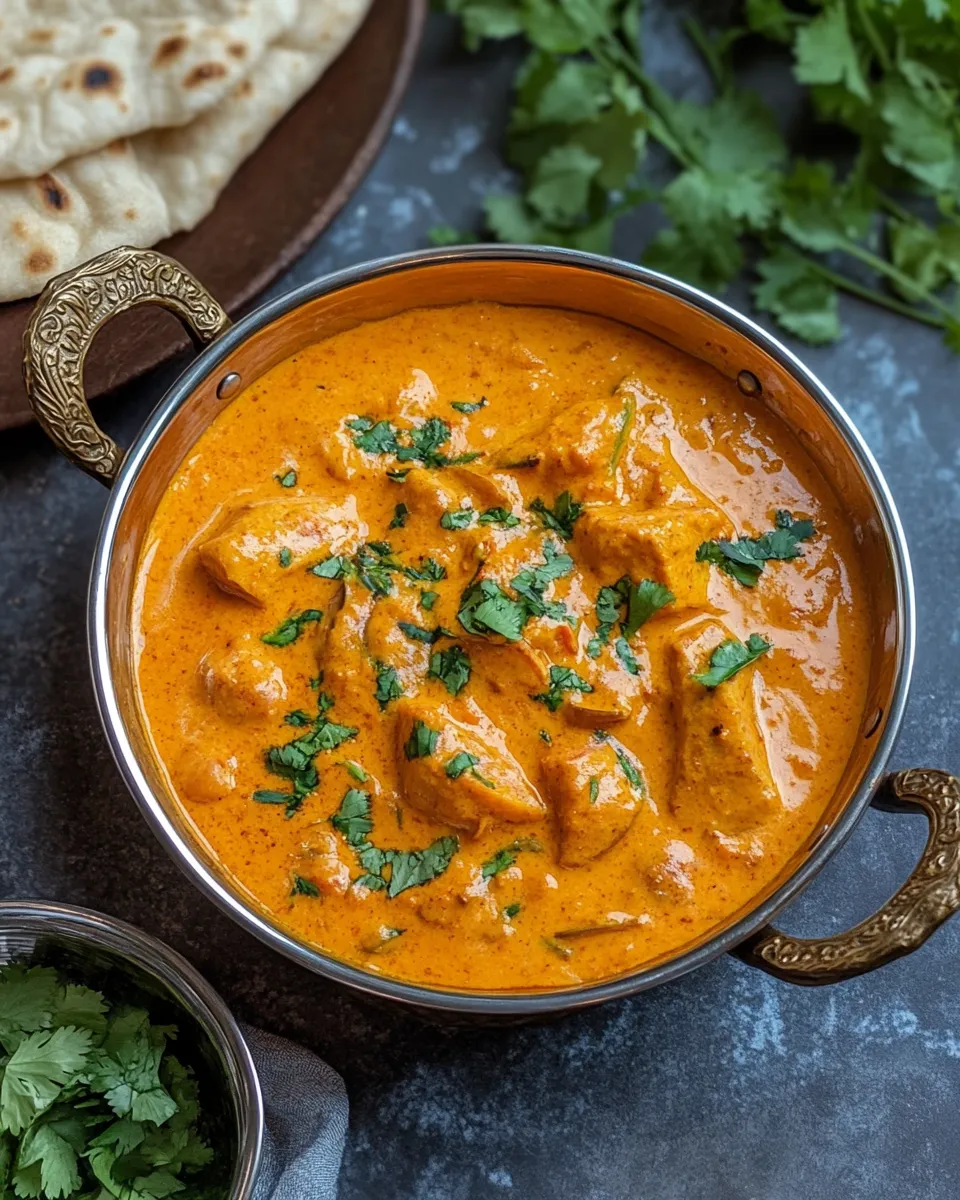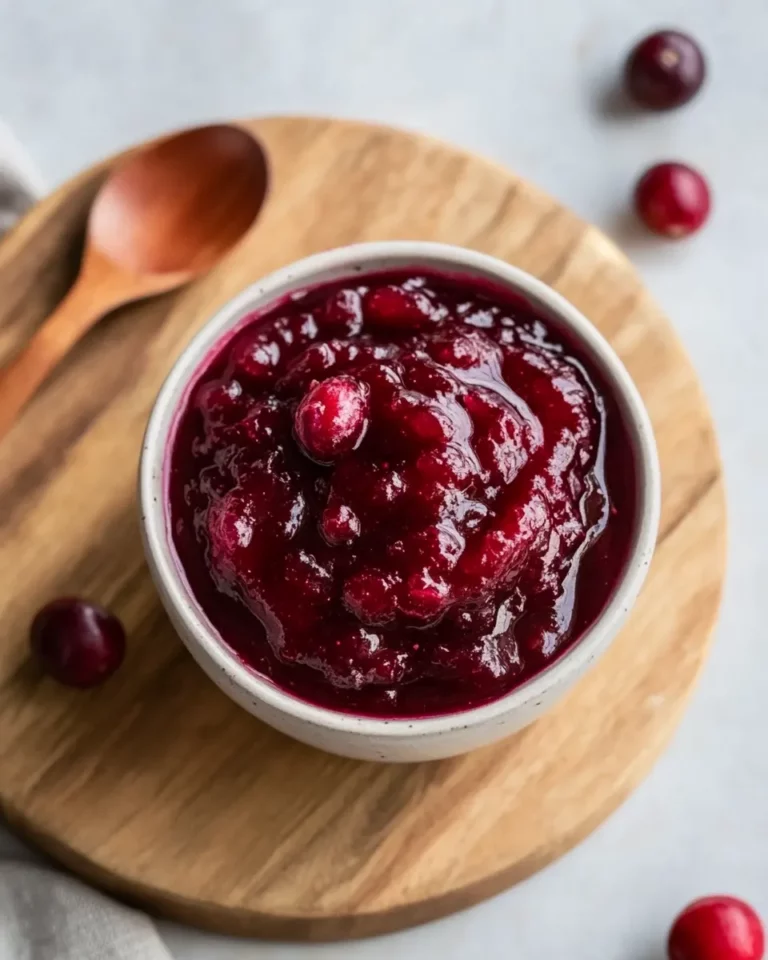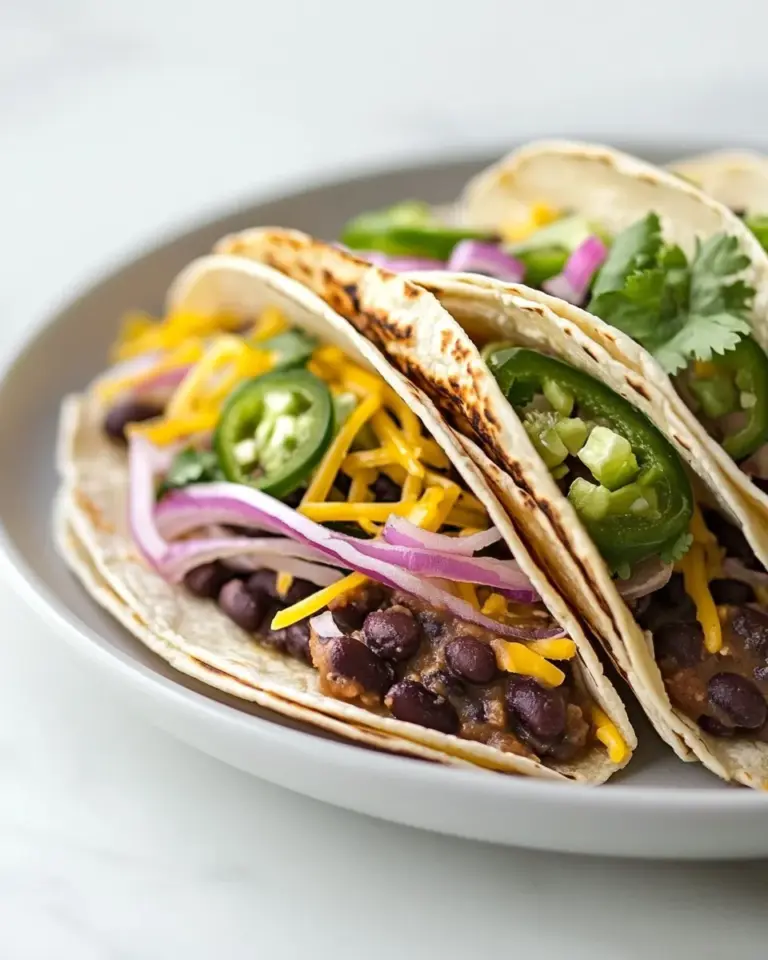If you’re looking to transport your taste buds to the fragrant streets of India, look no further than this Creamy Vegetable Korma. This dish brings together a melange of vibrant vegetables simmered in a rich coconut milk sauce that’s seasoned with a delightful array of spices. Perfect for cozy dinners, this korma can be served alongside soft naan or fluffy basmati rice, making every bite a comforting experience. Whether you’re a novice cook or a seasoned chef, you’ll be able to whip up this delicious, vegetarian-friendly korma in no time!
Why This Recipe Is a Must-Try

This creamy vegetable korma is packed with flavor and nutrition, making it an outstanding choice for weeknight dinners or special gatherings. The use of coconut milk lends a silky texture to the sauce, while the blend of aromatic spices creates a warm and inviting aroma that will fill your kitchen. Not only is it easy to make, but it also allows for flexibility in terms of ingredients, meaning you can use whatever seasonal vegetables you have on hand. Plus, it’s completely vegetarian, and can easily be adapted for vegan diets.
Ingredients
To create this flavorful korma, gather the following ingredients:
- 1 tablespoon vegetable oil or ghee
- 1 medium yellow onion, chopped
- 3 cloves garlic, pressed
- 1 teaspoon fresh grated ginger
- 1 14-ounce (400g) can diced tomatoes or passata
- 1 tablespoon curry powder
- 1 tablespoon garam masala
- 1 teaspoon ground cumin
- 1 teaspoon ground coriander
- 1 teaspoon ground turmeric
- ¼ teaspoon ground cardamom
- ½ teaspoon fennel
- ½ teaspoon chili powder
- 1 14-ounce (400ml) can creamy coconut milk
- 1 tablespoon lemon juice (optional)
- 1 14-ounce (400g) can butter beans, drained and rinsed
- Fresh cilantro or parsley, chopped, for garnish
- Naan or basmati rice, for serving
How To Make Creamy Vegetable Korma

Step 1: Sauté the Aromatics
In a large skillet or saucepan, heat the vegetable oil or ghee over medium heat. Add the chopped yellow onion and sauté for about 5-7 minutes, or until the onion becomes soft and translucent. Stir in the pressed garlic and fresh grated ginger, cooking for an additional 1-2 minutes until fragrant.
Step 2: Add the Tomatoes and Spices
Next, add the canned diced tomatoes or passata to the pan. Stir to combine, and then sprinkle in the curry powder, garam masala, ground cumin, ground coriander, ground turmeric, ground cardamom, fennel, and chili powder. Mix well and cook for about 5 minutes, allowing the spices to toast and deepen in flavor.
Step 3: Pour in the Coconut Milk
Pour the creamy coconut milk into the mixture, stirring to combine. Bring the korma to a gentle simmer, and let it cook for about 10 minutes to meld the flavors together.
Step 4: Add the Beans and Vegetables
After simmering, stir in the drained and rinsed butter beans. If you’re adding any vegetables, such as bell peppers, carrots, or peas, now is the time to include them. Allow the korma to cook for an additional 5-10 minutes, or until the vegetables are tender.
Step 5: Finish with Lemon Juice and Garnish
Once the vegetables are cooked through, taste the korma and add lemon juice if desired for a touch of brightness. Sprinkle with fresh chopped cilantro or parsley before serving.
Step 6: Serve and Enjoy
Serve your creamy vegetable korma warm, either over basmati rice or with warm naan. Enjoy this hearty dish with friends and family!
Expert Tips
- For added texture, consider including chopped nuts such as cashews or almonds.
- Feel free to swap the butter beans for chickpeas or your favorite legumes for a different flavor.
- If you want it extra spicy, increase the amount of chili powder or add fresh green chilies when cooking.
- Always taste your korma before serving; you may want to adjust the seasoning according to your personal preference.
Variations and Customizations
- Vegetable Choices: Use any seasonal vegetables such as cauliflower, carrots, zucchini, or spinach.
- Protein Options: Add tofu or paneer for additional protein.
- Vegan Adaptation: Ensure you use coconut oil instead of ghee and skip the optional lemon juice if desired.
- Nut-Free: Omit nuts if you have allergies and use sunflower seeds for crunch, if desired.
How to Store Leftovers
Leftover creamy vegetable korma can be stored in an airtight container in the refrigerator for up to 3-4 days. When ready to enjoy, simply reheat in a saucepan over medium heat, adding a splash of water or coconut milk if necessary to loosen the sauce. This dish also freezes well; just ensure it cools completely before transferring it to a freezer-safe container. It can be frozen for up to 2 months. Thaw in the refrigerator overnight before reheating.
FAQ
Can I make this korma ahead of time?
Yes, you can make creamy vegetable korma ahead of time and store it in the refrigerator. The flavors will deepen and improve overnight!
Can I use other kinds of beans in this recipe?
Absolutely! Chickpeas, lentils, or even kidney beans work great in korma, offering different flavors and textures.
Is this recipe gluten-free?
Yes, all of the ingredients listed in this recipe are gluten-free. Just be sure to use gluten-free naan or rice for serving.
What should I serve with Creamy Vegetable Korma?
This korma pairs wonderfully with basmati rice or warm naan. You can also serve it with a refreshing cucumber raita to balance the spices.
Conclusion
This Creamy Vegetable Korma recipe is not just a meal; it’s a celebration of flavors, colors, and textures that will make any gathering special. Packed with nourishing vegetables and warming spices, it’s sure to become a household favorite. Whether you’re serving it to friends, family, or simply enjoying it on a cozy night in, this korma is a delightful way to indulge in comforting cuisine. So go ahead, gather your ingredients, and experience the joy of making this creamy, aromatic dish today!

Creamy Vegetable Korma
Ingredients
Ingredients
- 1 tablespoon vegetable oil or ghee
- 1 medium yellow onion, chopped
- 3 cloves garlic, pressed
- 1 teaspoon fresh grated ginger
- 1 14-ounce can diced tomatoes or passata
- 1 tablespoon curry powder
- 1 tablespoon garam masala
- 1 teaspoon ground cumin
- 1 teaspoon ground coriander
- 1 teaspoon ground turmeric
- ¼ teaspoon ground cardamom
- ½ teaspoon fennel
- ½ teaspoon chili powder
- 1 14-ounce can creamy coconut milk
- 1 tablespoon lemon juice (optional)
- 1 14-ounce can butter beans, drained and rinsed
- to taste fresh cilantro or parsley, chopped, for garnish
- for serving Naan or basmati rice
Instructions
- Step 1: In a large skillet or saucepan, heat the vegetable oil or ghee over medium heat. Add the chopped yellow onion and sauté for about 5-7 minutes, or until the onion becomes soft and translucent. Stir in the pressed garlic and fresh grated ginger, cooking for an additional 1-2 minutes until fragrant.
- Step 2: Next, add the canned diced tomatoes or passata to the pan. Stir to combine, and then sprinkle in the curry powder, garam masala, ground cumin, ground coriander, ground turmeric, ground cardamom, fennel, and chili powder. Mix well and cook for about 5 minutes, allowing the spices to toast and deepen in flavor.
- Step 3: Pour the creamy coconut milk into the mixture, stirring to combine. Bring the korma to a gentle simmer, and let it cook for about 10 minutes to meld the flavors together.
- Step 4: After simmering, stir in the drained and rinsed butter beans. If you’re adding any vegetables, such as bell peppers, carrots, or peas, now is the time to include them. Allow the korma to cook for an additional 5-10 minutes, or until the vegetables are tender.
- Step 5: Once the vegetables are cooked through, taste the korma and add lemon juice if desired for a touch of brightness. Sprinkle with fresh chopped cilantro or parsley before serving.
- Step 6: Serve your creamy vegetable korma warm, either over basmati rice or with warm naan. Enjoy this hearty dish with friends and family!
Equipment
- Large Skillet
- Saucepan







